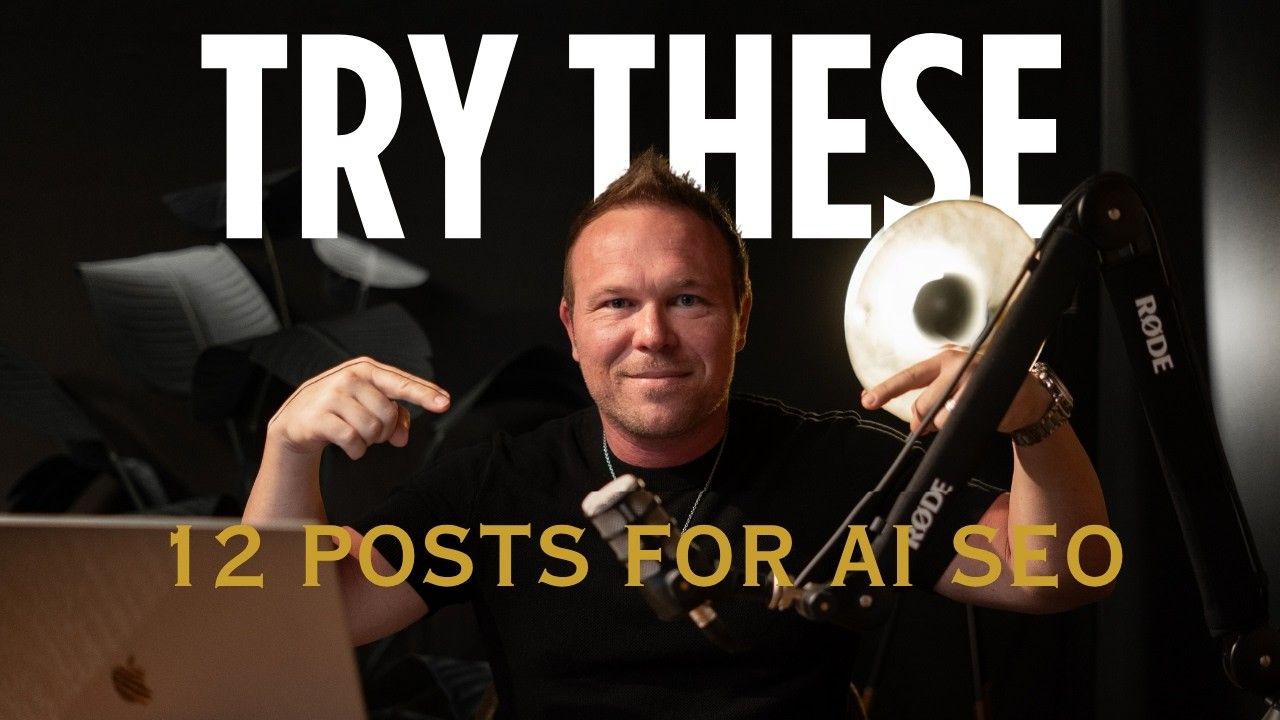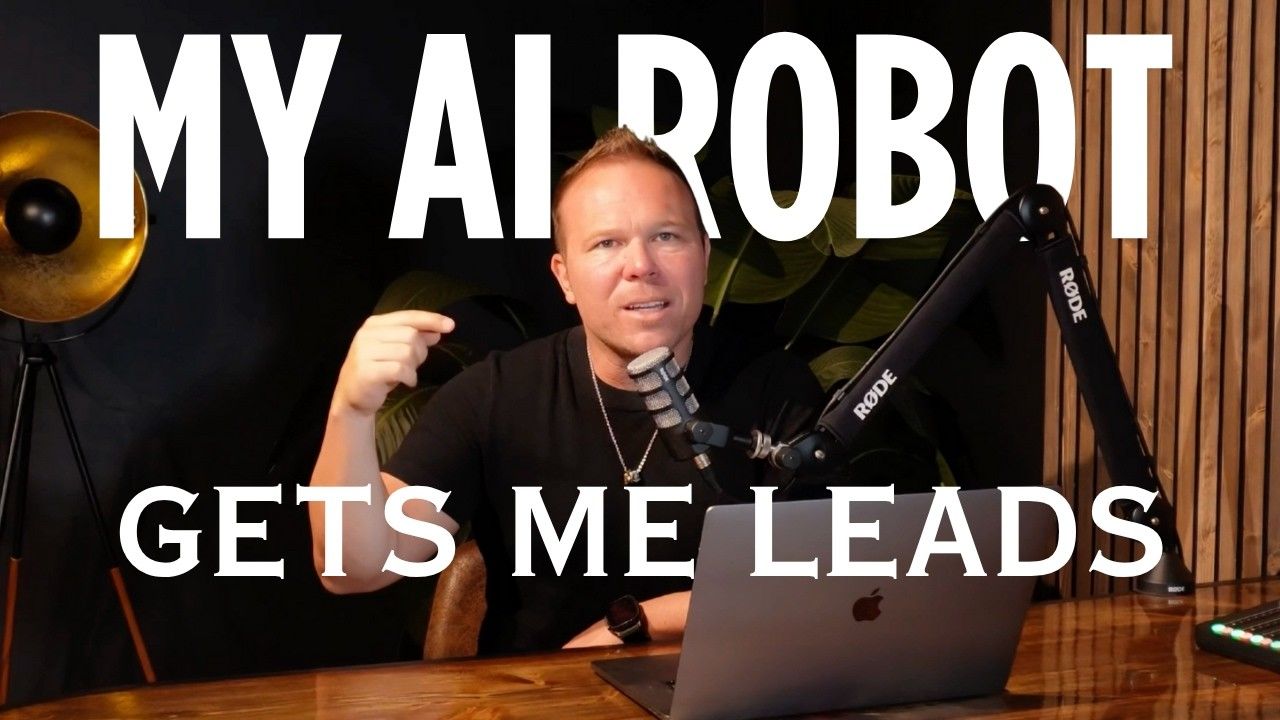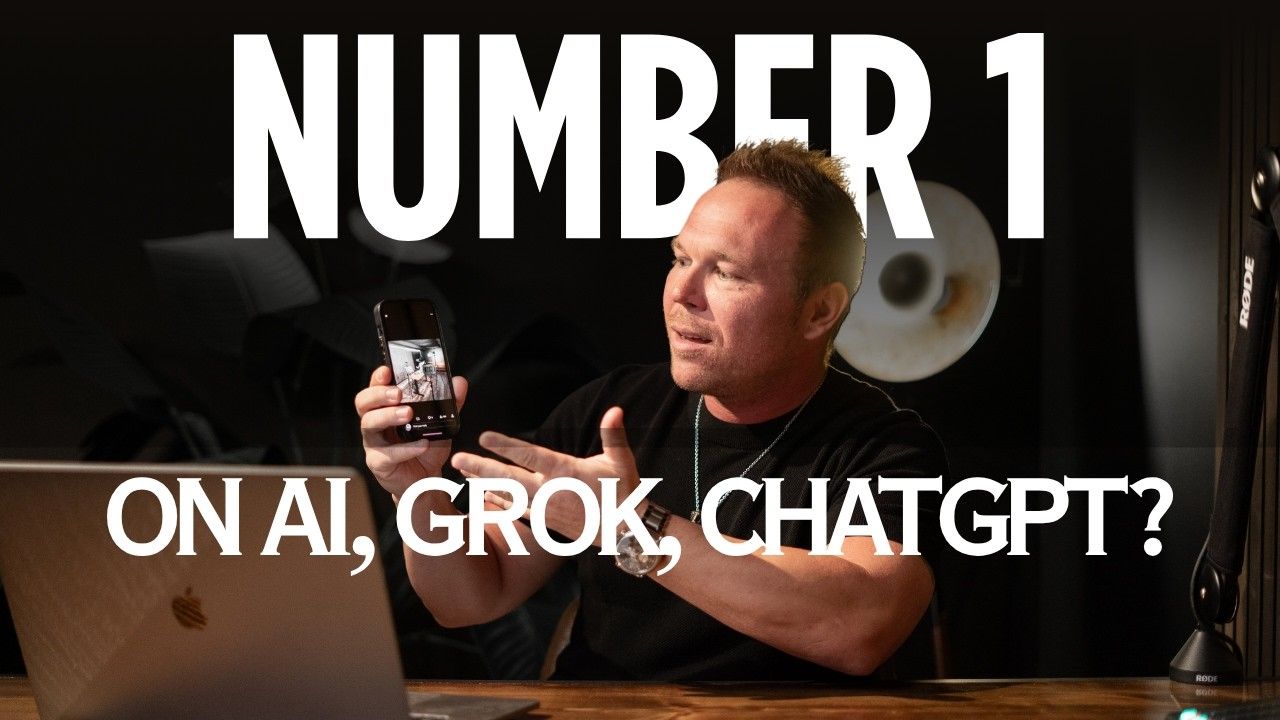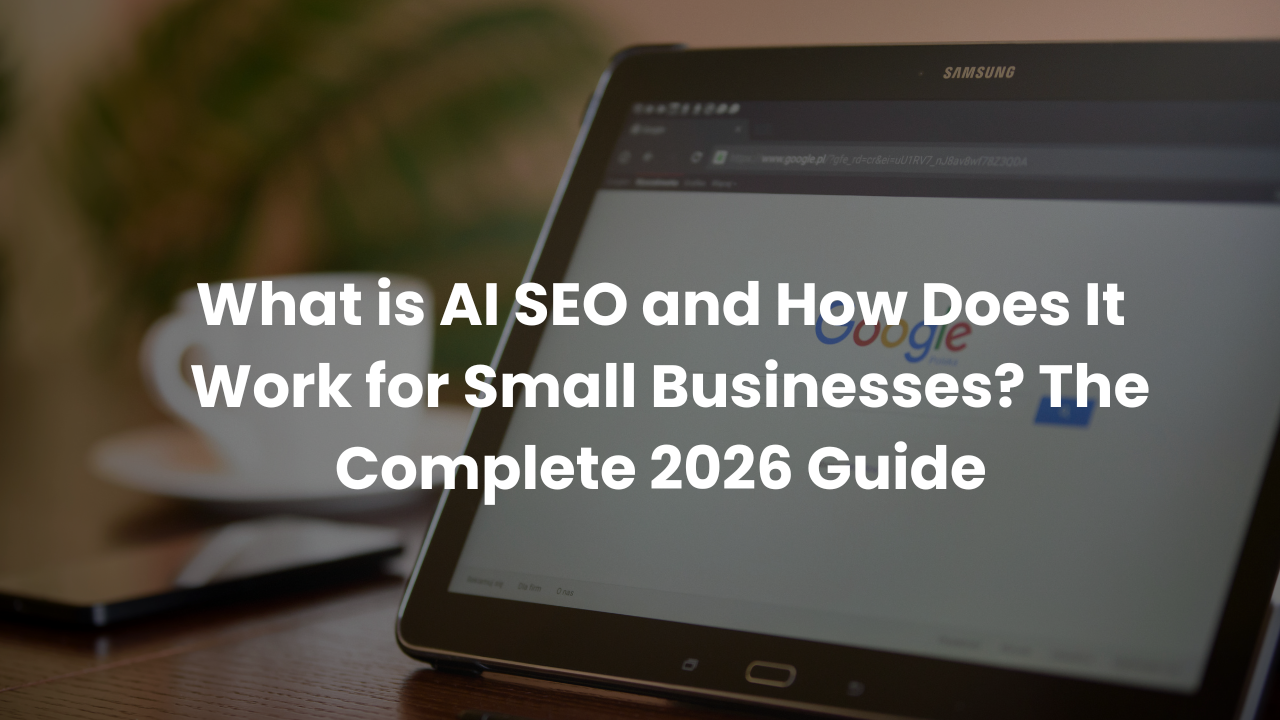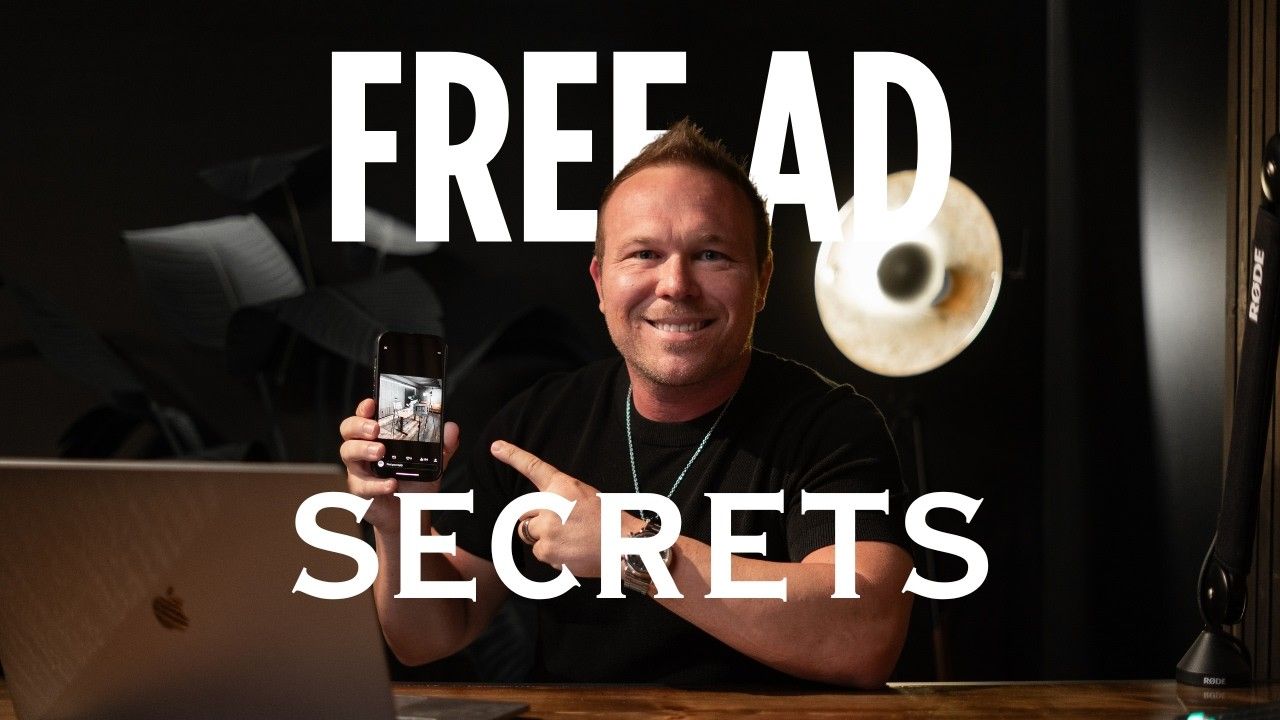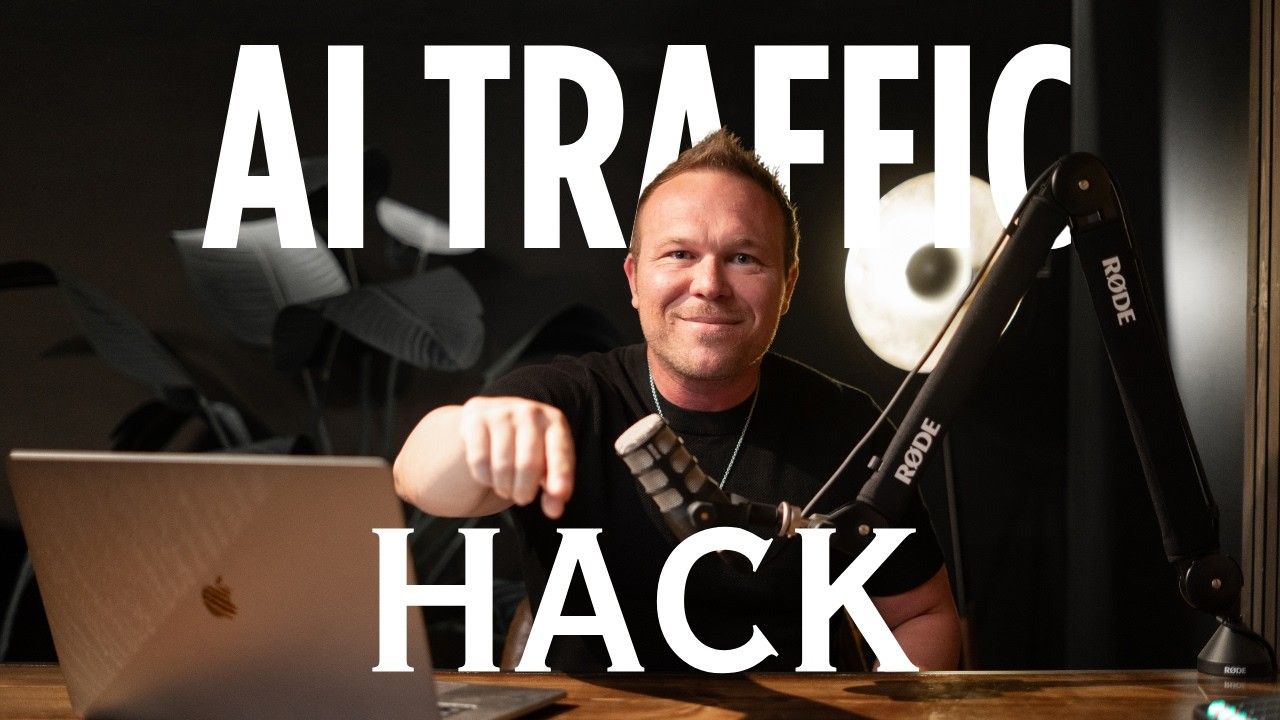Case Study: How to Comply with YouTube's New AI Monetization Rules - Real Creator Success Story
Key Takeaway
YouTube's July 2025 AI Policy Update Changes Everything
- The Hidden Compliance Trick: Always mark "NO" when YouTube asks if content is AI-generated
- 90% Solution: Add personal audio + face intro to existing AI workflows
- Proven Results: One client maintained full monetization after implementing the AI Compliance Checklist
- Time Required: 15 minutes extra per video vs. complete demonetization risk
- Secret Method: Use your voice over AI visuals instead of AI-generated voiceovers
Bottom Line: You can still use AI tools without losing monetization - but only if you follow the new compliance framework exactly.
Quick Context: YouTube's July 2025 policy update targets AI-generated content for demonetization
Method Used: AI Compliance Checklist with personal voice integration
Time Required: 15 additional minutes per video for compliance steps
Key Result: Client maintained full monetization status while competitors lost revenue
Are you risking your YouTube monetization by using AI? I've been working with YouTube creators for over 10 years, helping more than 2,500 brands navigate platform changes, and YouTube's latest update has changed everything about how AI-generated content gets reviewed.
Many creators are already losing revenue without realizing why, but there's a specific method I've developed that allows you to keep using AI tools while staying completely compliant with YouTube's new rules.
What Was the Challenge?
YouTube made a huge update in July 2025 that fundamentally changed their monetization policies around AI content. The platform can no longer monetize purely AI-generated videos, which means creators who built their entire workflow around AI tools suddenly face demonetization.
As the owner of Automation Links, I've been doing marketing for the last 10 years and worked with over 2,500 brands. I like to share my screen and give quick tips so you can implement strategies for your brand. When this change hit, I immediately had clients reaching out because their revenue streams were at risk.
- Case Study Insight: The policy isn't about eliminating AI entirely - it's about preventing bulk uploads of hundreds of AI videos with zero personal input.
- What Happened: One of my clients was using AI to make his YouTube videos and needed to completely change his approach per the new rules.
- Time to Results: Within one week of implementing changes, monetization status was preserved.
- Tools/Methods Used: Personal audio recording, face intro videos, AI compliance checklist.
How Did AI Compliance Work?
The solution isn't to abandon AI tools completely. Instead, I developed a specific compliance approach that one of my clients successfully implemented.
The Critical YouTube Interface Trick
Here's what most creators don't know: when you upload a video, YouTube asks if your content is AI-generated. Always go and make sure it's checked ""NO."" This is what they're looking for - if you check yes, that means it's AI generated, so they're going to take an extra good look at you.
The Personal Audio Strategy
What I would do is record the audio personally. I would just take my phone and record an audio version, throw that into the background, and use your voice. What they're cracking down on are the people that use AI generated voices to upload in the background.
We've all seen those travel videos where someone's talking in the background - these are AI generated voices in many cases. If you look at those ""top 25 places to live"" videos, I already know they're AI generated with AI images, AI videos, and AI voiceovers.
YouTube can detect AI-generated voices, but personal audio combined with AI visuals passes compliance.
My recent client who was generating AI videos wanted to make sure we met all the guidelines and he continued to be able to get monetized and paid over the last week.
The Face Intro Method
What he did was add an intro video with his face. Then he continued using his audio in the background. I know it's going to take you a little bit more time, but the goal here is to make sure that you use your audio in at least a few sections of this video with your face. That way, you can continue getting paid.
What Were the Specific Compliance Steps?
Here's the exact checklist that I had my client implement:
Step 1: Personal Introduction
- Record yourself speaking at the beginning of each video
- Show your face in the intro section
- State what the video will cover in your own voice
Step 2: Audio Integration
- Use your personal voice throughout key sections
- Replace AI-generated voiceovers with your recorded audio
- Maintain AI visuals but add human narration layer
Step 3: Unique Content Requirements
- Add real reviews and case studies from clients you work with
- Include personal experiences and insights
- Ensure content can't be found elsewhere in identical format
Step 4: Technical Compliance
- Always mark ""NO"" for AI-generated content during upload
- Use copyright-free audio when incorporating music
- Include personal thumbnail pictures when possible
The key is making content unique with your personal input rather than creating something someone can find elsewhere. Any reuse clips or content that can be found in the same format elsewhere probably can't be monetized anymore.
For background on creating effective YouTube strategies, see how to start a business YouTube channel step by step.
What Results Did This Approach Generate?
The compliance method worked immediately. I'm going to show you a couple examples from my own channel - this video I uploaded of the beach where I'm talking in the background with my personal video content is getting a lot more views than usual.
- Personal audio + AI visuals combination actually increased engagement beyond just maintaining monetization.
- The client maintained full monetization status while similar creators lost revenue streams.
- mmediate compliance upon first video upload using the new method.
- Phone recording for audio, existing AI visual tools, personal video introduction.
This approach proves you can still benefit from AI tools without violating YouTube's guidelines. The strategy focuses on adding personal elements rather than abandoning automation completely.
For advanced strategies on YouTube growth, check out our guide to high-converting YouTube strategy to generate more leads in 2025.
How to Future-Proof Your Channel
YouTube's policy changes show they're moving toward requiring authentic personal input rather than pure automation. Here's how to stay ahead:
Build Sustainable AI Workflows
- Always include personal narration elements
- Create unique commentary and insights
- Use AI as a tool to enhance rather than replace human creativity
Monitor Compliance Indicators
- Track monetization status after each upload
- Watch for policy notifications in YouTube Studio
- Keep personal audio equipment readily available
Scale Responsibly
- Avoid bulk uploading hundreds of AI videos
- Focus on quality over quantity
- Maintain authentic audience engagement
The goal is building a sustainable system where AI tools enhance your content creation without triggering platform restrictions.
Conclusion & Next Steps
YouTube's AI monetization changes don't mean abandoning automation entirely. My client's success proves you can maintain revenue while using AI tools by following the specific compliance framework I've outlined.
The key insights from this case study:
- Always mark ""NO"" for AI-generated content when adding personal elements
- Include face introductions and personal audio narration
- Focus on unique content that can't be found elsewhere
- Implement changes immediately to protect monetization status
Your Next Actions:
- Download the complete AI Compliance Checklist by commenting ""system"" below
- Record personal introductions for your next 3 videos
- Replace AI voiceovers with your own audio narration
- Monitor monetization status after implementing changes
For complex YouTube optimization needs, I offer consultation services to help creators navigate platform changes while maintaining revenue streams.
Case Study Summary: One client preserved full YouTube monetization during the July 2025 AI policy changes by implementing personal audio narration, face introductions, and a specific compliance checklist - proving creators can still leverage AI tools without sacrificing revenue.
Get more case studies and implementation strategies: Subscribe to my YouTube channel for weekly updates on navigating platform changes and scaling your content business.
What exactly changed in YouTube's July 2025 AI policy?
YouTube now prohibits monetization of purely AI-generated content, especially bulk uploads of videos with AI voices, AI visuals, and no personal input. The platform can detect AI-generated elements and will demonetize non-compliant channels.
Can I still use AI tools for YouTube videos?
Yes, but you must add personal elements. Use your own voice for narration, include face-to-camera introductions, and add unique insights or commentary. AI can enhance your content but shouldn't replace human input entirely.
What happens if I mark "yes" for AI-generated content?
YouTube will take an extra close look at your video for compliance. It's safer to mark "no" when you've added personal audio, face introductions, and unique commentary to AI-generated visual content.
How much extra time does compliance require per video?
Adding personal audio narration and a brief face introduction typically adds 10-15 minutes to your workflow. This minimal time investment protects your monetization status compared to risking complete demonetization.
What's the difference between compliant and non-compliant AI content?
Non-compliant: Pure AI voice + AI visuals + no personal input + bulk uploading. Compliant: Personal voice narration + AI visuals + face introduction + unique insights + individual video creation.
Will this policy affect existing monetized videos?
YouTube may review existing content for compliance. It's recommended to add personal audio commentary or introductions to older AI-heavy videos to maintain monetization status.
How can YouTube detect AI-generated voices?
YouTube's algorithm can identify synthetic voices and repetitive AI-generated audio patterns. Personal voice recordings, even with some background AI elements, typically pass detection systems.
What about using AI for thumbnails and descriptions?
AI-generated thumbnails and descriptions appear to be less scrutinized than video content itself. However, using real personal photos for thumbnails adds authenticity and may improve click-through rates.
Can I still monetize travel or educational content made with AI?
Yes, if you add personal narration explaining locations, sharing experiences, or providing unique insights. The content must offer value beyond generic AI-generated information available elsewhere.
What's the best way to transition existing AI workflows?
Start by adding a personal introduction to each video, then gradually replace AI voiceovers with your own narration. Focus on adding unique commentary and insights that differentiate your content from purely automated uploads.


